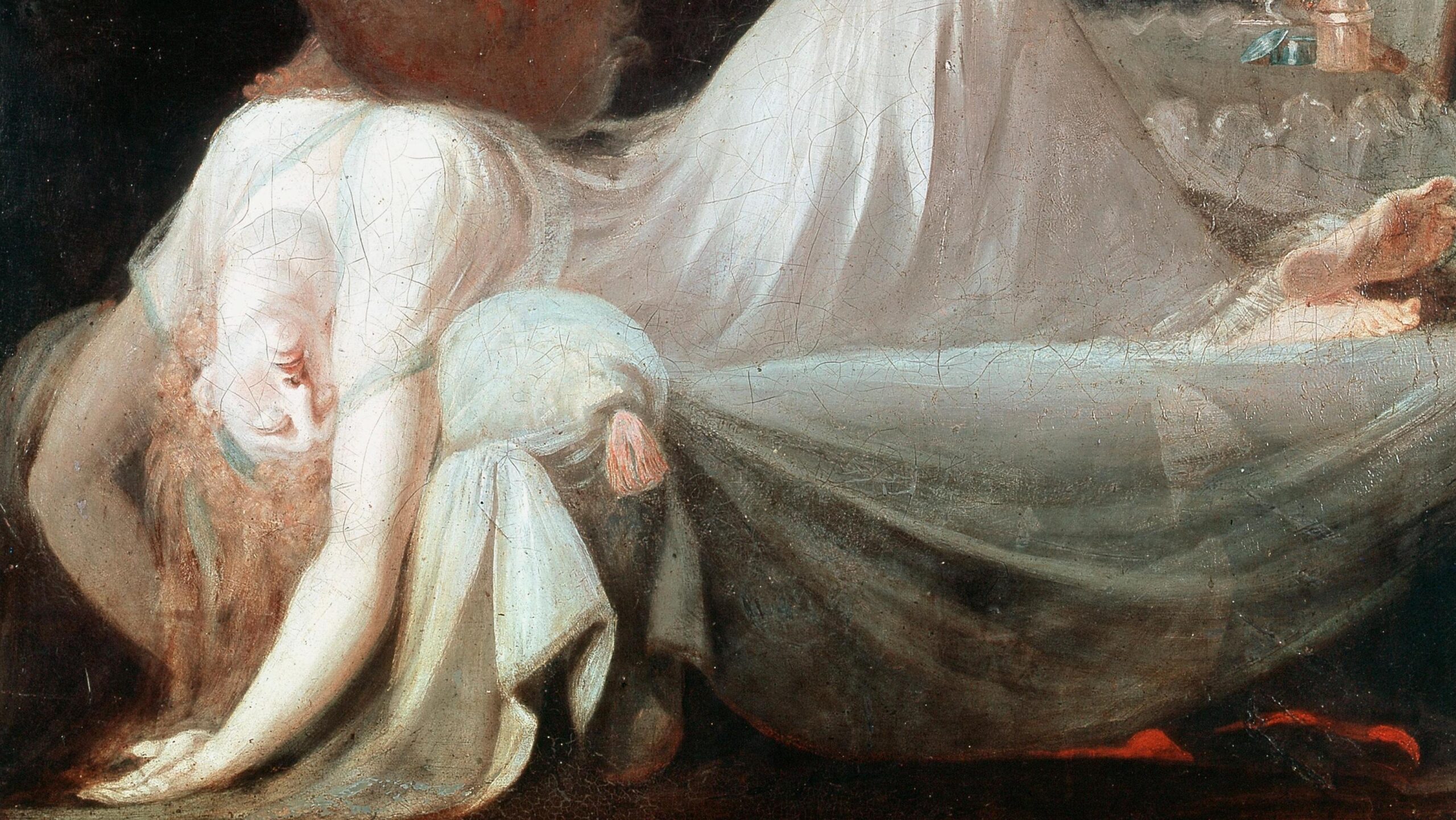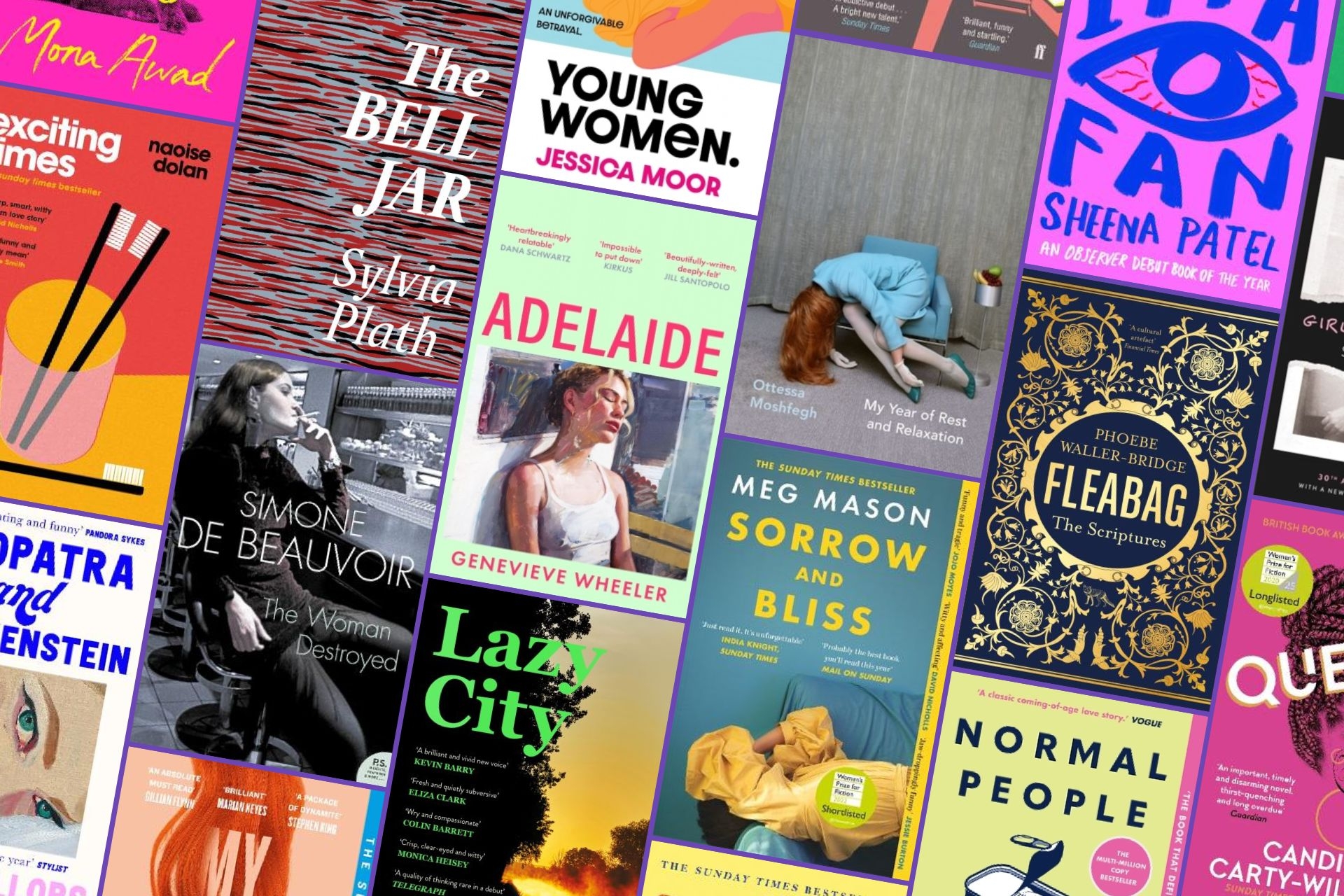By Celia Papavasileiou,
“Books to read in your sad girl era!”, “Literature for thought daughters”, “Book recommendations for the mentally unwell girlies!”. The last decade, we have encountered the rise of a new (but actually not quite) genre in art and in the media. Female rage, dark femininity, and the sad girl aesthetic have settled into a trend, dominating our TikTok “For you” pages and our thoughts —but at what cost?
The first time I delved into the “unhinged women” trope, I felt like I finally found my place, the right fit. Alaska Young, the protagonist of John Green’s “Looking for Alaska” was the only character that I felt I could see myself in. She was independent and strong, while simultaneously having emotional outbursts. To my 15-year-old self, she was the epitome of the typical teenage girl experience that I needed to see represented in order to feel okay with my being emotional.
After my first encounter with Alaska (a character that still offers me great comfort to this day), I found myself being constantly drawn to books with characters like her. “The Bell Jar” by Sylvia Plath, “Conversations with Friends” by Sally Rooney, “Daisy Jones & The Six” by Taylor Jenkins Reid, “My Year of Rest and Relaxation” by Ottessa Moshfegh, “Gone Girl” by Gillian Flynn…

I couldn’t stop reading them. I was mesmerized by the versatility of the women in those books. They felt honest and authentic, a breath of fresh air that inspired me during all my years in high school to feel okay with having a personality often characterized as “overly sensitive and emotional”. Even now, when I’m entering my 20s, I can sense the impact these novels had on making me the woman I am today.
The rise in the popularity of this type of books made me want to consume them even more. Like so many other readers, I found “to be read” lists on TikTok, YouTube and even Pinterest. List after list, I fell down the rabbit hole. I couldn’t choose which book to pick next, which new character would become my personality for the week, which part of my sadness I was going to hyper fixate on next.
Looking back to my 15-17 year old self, I can recognize something worrying about this pattern. What made me feel unique and interesting at first, somehow became an aesthetic I was striving towards achieving. It didn’t make me interesting anymore. There was no individuality in it, no “me”. Without realizing it, I just wanted to portray the aesthetic of the women in the novels I was consuming, and part of that was merely romanticizing their pain and despair.
By categorizing these unique female experiences under the umbrella term of “sad girl books”, the point gets lost in translation. When I first read “Looking for Alaska”, I loved it so much because I was fascinated by Alaska’s uniqueness. What can we honestly get out of the literature we read when our main priority is to fit it into certain boxes and not appreciate –and critique– the work for what it truly is?
Ottessa Moshfegh, the author of the TikTok sad girl staple “My Year of Rest and Relaxation” commented on this behavior, clearly concerned by her fan’s comments. The novel narrates the story of a woman who takes medication in an attempt to sleep for an entire year, a way for her to escape her own despair. “When my older sister read it, she said, this should come with a warning label on it. Maybe it should. Because guys, this is a satire, this is not real”.

“Women, they have minds, and they have souls, as well as just hearts. And they’ve got ambition, and they’ve got talent, as well as just beauty. I’m so sick of people saying that love is all a woman is fit for”, Jo March’s speech in the iconic novel “Little Women” by Louisa May Alcott proves my point better than I ever could myself. Women, like all humans, are so complex. Their sadness could never define them. We’re just so focused on putting labels on them that we sometimes forget they are so much more than the trope that just happens to be trending.
To this day, I thoroughly enjoy reading literature about women protagonists, especially when they’re sad. Honestly, I don’t believe I will ever stop. But women are not who they are because of their sadness.
In reality, there is no “sad girl” trope. There are just books about women that happen to fit into a trending sadness-based aesthetic. It’s up to us to heal ourselves through reading those novels. To do justice to the works that feature remarkable and unique women, by seeing them for who they are and not what the media wants them to be.
References
- The Cult of the Sad Girl. thesaint.scot. Available here
- The Metamorphosis of the Sad Girl. scarlettvicc.medium. Available here




